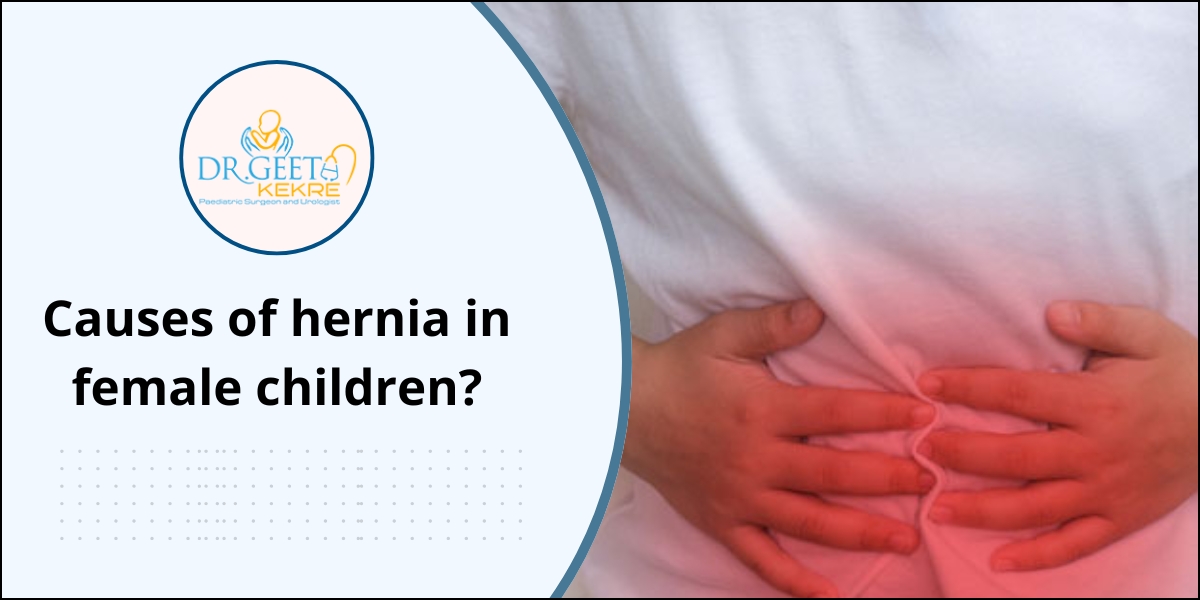Hernias are a common medical condition in children, including young girls. While hernias are often associated with males, female children can also develop them due to various factors. Understanding the causes, symptoms, and treatment options can help parents take timely action.
What is a Hernia in Female Children?
A hernia occurs when an organ or tissue pushes through a weak spot in the surrounding muscle or connective tissue. In female children, the most common types are:
-
Inguinal Hernia (in the groin area)
-
Umbilical Hernia (near the belly button)
Common Causes of Hernia in Female Children
1. Congenital Weakness in the Abdominal Wall
Many hernias in children are present at birth due to incomplete closure of the abdominal muscles. In girls, a weak spot in the inguinal canal can allow tissue to protrude.
2. Increased Abdominal Pressure
Activities or conditions that increase pressure in the abdomen can trigger a hernia, such as:
- Chronic coughing (due to asthma or infections)
- Straining during bowel movements (constipation)
- Excessive crying or heavy lifting
3. Premature Birth
Premature babies have a higher risk of hernias because their abdominal muscles may not be fully developed.
4. Genetic Factors
A family history of hernias may increase a child’s likelihood of developing one.
5. Umbilical Hernia from Delayed Closure
Many infants have a small umbilical hernia that usually closes by age 4-5. If it doesn’t, surgery may be needed.
Symptoms of Hernia in Female Children
Parents should watch for:
- A visible bulge in the groin, abdomen, or near the belly button
- Swelling that becomes more noticeable when crying or straining
- Pain or discomfort in the affected area
- Vomiting or fussiness (may indicate a strangulated hernia, which is a medical emergency)
Treatment Options for Hernia in Girls
- Watchful Waiting (for small umbilical hernias that may close on their own)
- Surgery (Herniorrhaphy) – The most common treatment to push the tissue back and repair the weak spot.
How to Prevent Hernias in Female Children?
- Avoid excessive straining during bowel movements (ensure a fiber-rich diet).
- Treat chronic coughs or respiratory issues promptly.
- Encourage moderate physical activity to strengthen core muscles.
When to See a Doctor?
If your child has a persistent bulge, pain, vomiting, or redness near the hernia site, seek immediate medical attention to prevent complications like strangulation.
Final Thoughts
While hernias in female children are less common than in boys, they can still occur due to congenital factors or increased abdominal pressure. Early diagnosis and treatment can prevent serious complications.

